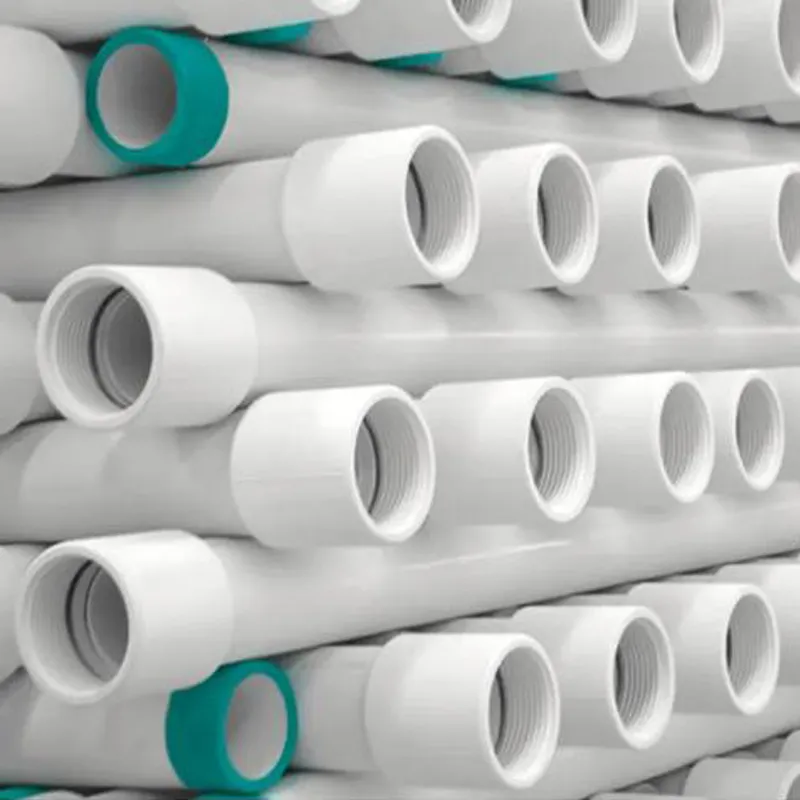Nov . 24, 2024 12:08 Back to list
Transition Couplings for Service Integration Between HDPE and Steel Materials
Transition Coupling from HDPE to Steel A Comprehensive Overview
The integration of different materials in piping systems is a common challenge in various industries, particularly in utilities and construction. One of the pivotal transitions often encountered is between High-Density Polyethylene (HDPE) and steel. Understanding the service of HDPE-to-steel transition couplings is essential for ensuring the integrity and efficiency of a pipeline system.
What is HDPE?
High-Density Polyethylene (HDPE) is a thermoplastic polymer known for its high strength-to-density ratio. It is widely used in various applications, including pipe systems for water, gas, and industrial fluids due to its excellent resistance to corrosion, impact, and chemicals. HDPE pipes are lightweight, flexible, and durable, making them an attractive choice for numerous underground installations.
The Need for Transition Couplings
In many projects, it is necessary to connect HDPE to other materials, especially steel, which is often used for its strength in high-pressure applications. Transition couplings serve as a crucial link in these situations, enabling a reliable connection that can withstand the stresses and strains of operating conditions.
Types of Transition Couplings
Transition couplings can be categorized based on their design and application. Common types include
1. Mechanical Couplings These are designed to connect the HDPE and steel pipes without requiring special tools. Mechanical couplings often feature a compression mechanism that ensures a tight seal while accommodating any minor misalignment between the two materials.
2. Fusion Couplings This method involves heat fusion techniques to create a joint between the HDPE and steel. While fusion is typically associated with joining two HDPE pipes, certain fusion coupling systems have been developed to connect HDPE to steel effectively.
3. Flanged Couplings This type utilizes flanges to create a connection point. Steel flanges are attached to the steel pipe and then connected to the HDPE pipe using a suitable adapter. This method is often used when accessibility for maintenance is a priority.
4. Adapters These are specialized fittings that serve as a bridge between HDPE and steel. They may feature a male or female thread on one side for steel attachment, and a fusion or mechanical connection on the HDPE side.
hdpe to steel transition coupling service

Key Considerations for HDPE to Steel Transition
When selecting HDPE-to-steel transition couplings, several factors must be considered
1. Pressure Ratings The chosen coupling must be compatible with the pressure ratings of both the HDPE and steel systems to prevent failures during operation.
2. Thermal Expansion Different materials expand and contract at varying rates when exposed to temperature changes. Transition couplings must accommodate these thermal variations to minimize stress on joints.
3. Chemical Compatibility Ensure that the coupling materials and seals are resistant to any chemicals that might be transported through the pipes to avoid degradation over time.
4. Joint Integrity The method of connection must ensure a leak-proof joint. This is particularly critical in applications involving gas or hazardous substances.
5. Installation Protocol Proper installation is crucial for ensuring the long-term effectiveness of the coupling. Users should follow manufacturer guidelines and best practices to achieve optimal performance.
Advantages of Using Transition Couplings
Transition couplings provide various benefits, including
- Versatility They allow for the mixing of HDPE and steel in applications where each material's unique properties can be utilized effectively. - Ease of Installation Many transition couplings are designed for quick assembly, which can help reduce labor costs and project timelines. - Durability Quality transition couplings are built to last, providing a reliable service life that matches or exceeds that of the pipes they connect.
Conclusion
Transition couplings between HDPE and steel are fundamental components in modern piping systems. They facilitate the integration of resilient, lightweight HDPE with the strength of steel, resulting in efficient and durable solutions for various applications. By considering the unique properties and requirements of each material, engineers and contractors can ensure that their transition couplings will support safe and reliable operations for years to come. Understanding the intricacies of these couplings is essential for maximizing the efficiency and longevity of a pipeline system.
-
High-Quality PVC Borehole Pipes Durable & Versatile Pipe Solutions
NewsJul.08,2025
-
High-Quality PVC Perforated Pipes for Efficient Drainage Leading Manufacturers & Factories
NewsJul.08,2025
-
High-Quality PVC Borehole Pipes Durable Pipe Solutions by Leading Manufacturer
NewsJul.08,2025
-
High-Quality PVC Borehole Pipes Reliable PVC Pipe Manufacturer Solutions
NewsJul.07,2025
-
High-Quality UPVC Drain Pipes Durable HDPE & Drain Pipe Solutions
NewsJul.07,2025
-
High-Quality Conduit Pipes & HDPE Conduit Fittings Manufacturer Reliable Factory Supply
NewsJul.06,2025

